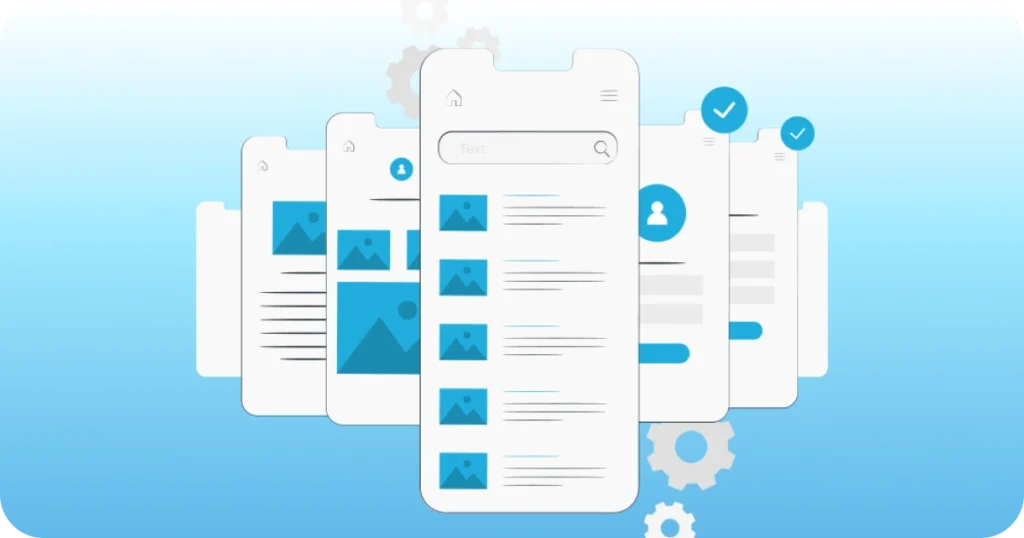Introduction
Begin with an introduction that highlights the importance of user retention for a business’s growth and profitability. Mention that retaining users is generally more cost-effective than acquiring new ones and that loyal customers often become advocates for a brand.
For example:
“Did you know that retaining a customer is 5x cheaper than acquiring a new one? In this guide, we’ll walk you through actionable user retention strategies that will help keep your customers coming back!”
Step 1: Analyze User Behavior
Understanding how users interact with your product is foundational.
Use Analytics Tools: Set up tools like Google Analytics, Mixpanel, or Amplitude to track user activity.
Identify Key Metrics: Define metrics that matter for your business, such as session duration, bounce rate, and frequency of use.
Segment Users: Divide users based on behavior, demographics, or other criteria to customize retention efforts.
Analyze Drop-Off Points: Determine where most users stop engaging and identify pain points within the user journey.
Step 2: Provide Onboarding Experiences
A well-designed onboarding process helps new users get acquainted with your product and its value
Simplify Registration: Make it easy to sign up by minimizing steps and offering quick sign-up options (like Google or social media sign-ins).
Introduce Product Features Gradually: Use in-app tutorials, tooltips, or checklists to guide users through important features.
Personalize the Onboarding Process: Adjust onboarding flows based on the user’s role or preferences to make it feel relevant.
Provide Immediate Value: Give users a clear reason to return, whether through a special discount, trial period, or personalized content.
Step 3: Build a Feedback Loop
Regular feedback helps you understand what users like or dislike, so you can improve your offerings.
Use In-App Surveys: Send short, targeted surveys at key moments in the user journey to collect feedback without interrupting their experience.
Monitor Social Media and Reviews: Keep track of user sentiment on social channels and app store reviews to gauge general opinions.
Set Up NPS (Net Promoter Score) Surveys: Use NPS surveys to measure loyalty and identify users who may act as brand advocates.
Create a Feedback Forum: Allow users to suggest and vote on new features in a community forum or dedicated feedback portal.
Step 4: Offer Personalized Engagement
Personalization shows users that your product or service is tailored to their needs, increasing their likelihood of staying engaged.
Segment Email Marketing: Use data to send personalized emails based on user behavior and preferences.
Use Dynamic Content: Adjust your website or app content based on user activity or past interactions.
Create Custom Recommendations: Suggest relevant products, articles, or features based on each user’s history.
Automate Push Notifications and In-App Messages: Send reminders or updates tailored to individual user interests and engagement levels.
Step 5: Implement a Loyalty Program
Loyalty programs give users an incentive to keep coming back and engaging with your brand.
Define the Rewards Structure: Decide on points, discounts, or exclusive content as rewards.
Incentivize Referrals: Create a referral program that rewards both the referring user and the new user.
Gamify the Experience: Use levels, badges, or challenges to make the experience more engaging.
Offer Exclusive Perks: Provide loyal users with early access to new features, products, or events.
Step 6: Communicate Consistently
Consistent communication builds trust and keeps your brand top-of-mind.
Set Up a Communication Calendar: Plan regular emails, blog posts, and social updates to stay connected.
Send Re-Engagement Campaigns: For inactive users, use emails or push notifications to remind them of what they’re missing.
Share Value-Driven Content: Provide helpful resources, tips, and news that appeal to your user base.
Be Transparent About Changes: Notify users about product updates or new policies to maintain trust.
Step 7: Continuously Improve the Product
A continuously evolving product shows users that you’re committed to providing the best experience possible.
Use User Feedback to Drive Changes: Implement features based on popular user requests.
Fix Bugs Promptly: Users are likely to abandon apps that have frequent issues, so prioritize stability.
Release Regular Updates: Even small improvements show users that you’re working on making the product better.
Offer Early Access to Beta Features: Allow users to test new features before they’re fully launched, making them feel valued.
Step 8: Measure and Refine Retention Strategies
Regularly analyze your retention strategies to see what’s working and what needs adjustment
Track Key Retention Metrics: Monitor metrics like churn rate, monthly active users (MAU), and user engagement.
A/B Test Different Approaches: Experiment with different messaging, rewards, and personalization techniques to see what resonates.
Benchmark Against Industry Standards: Compare your retention metrics to industry averages to gauge your performance.
Refine Based on Data: Use data to fine-tune retention efforts, focusing on strategies that show the best results.
Conclusion
Wrap up by emphasizing the importance of continuously nurturing your user base. Highlight that successful user retention relies on understanding, engaging, and valuing your users over time.
For example:
“Retaining users is not a one-time effort—it’s an ongoing journey that involves listening, personalizing, and improving. By implementing these strategies, you can build a loyal user base that supports and champions your brand over time.”




